|
Since 1972, Korean schools in Japan have been holding annual student art exhibitions with other Japanese schools. Despite long-existing racial discrimination in Japan, these art exhibitions have provided meaningful opportunities for Korean descendants living in Japan and native Japanese citizens to increase mutual respect and understanding. Students’ entries that receive awards from the judges get to be in the exhibition.
In December 2016, the 45th Student Art Exhibition was held in Chiba, Japan. Chiba Korean Elementary Middle School has been organizing the student art exhibition since 2014. Chiba Mayor Toshihito Kumagai, who attended the exhibition, spotted two pieces of artwork by high school students of Korean ancestry from Kanagawa Middle and High School. These pieces had received gold awards, the highest honor possible, and each had a narrative explaining the piece. Student Yun-Soo Jo’s artwork expressed her opposition to the 2015 “comfort women” agreement between the Republic of Korea and Japan, while student Ae-Hyang Kang’s piece expressed sympathy for the victims and survivors of Japanese military sexual slavery. Because these two pieces of student artwork expressed objection to the Japanese government’s position regarding “comfort women” issues, Mayor Kumagai announced on April 27, 2017 his decision to cut the funding of 500,000 JYP (around 4,757 USD in 2017) to Chiba Korean Elementary Middle School, which had organized the exhibition with that fund. In response to this injustice, the principal, Yu-sop Kim, said, “It’s wrong to repress the students’ freedom of expression and to bring politics to interfere with education.” In May 2017, Mayor Kumagai won re-election to a third four-year term. Education for Social Justice Foundation (ESJF) raised a fund of 5,000 USD to make up for the lost funding. In December 2017, the Korean schools held yet another successful student art exhibition. Instead of dampening the “comfort women” movement, the controversial 2015 agreement and the 2017 Special Task Force report ultimately fueled the movement and made organizers and citizens alike realize the importance and urgency of their work. |
CategoriesCategories |
Proudly powered by Weebly

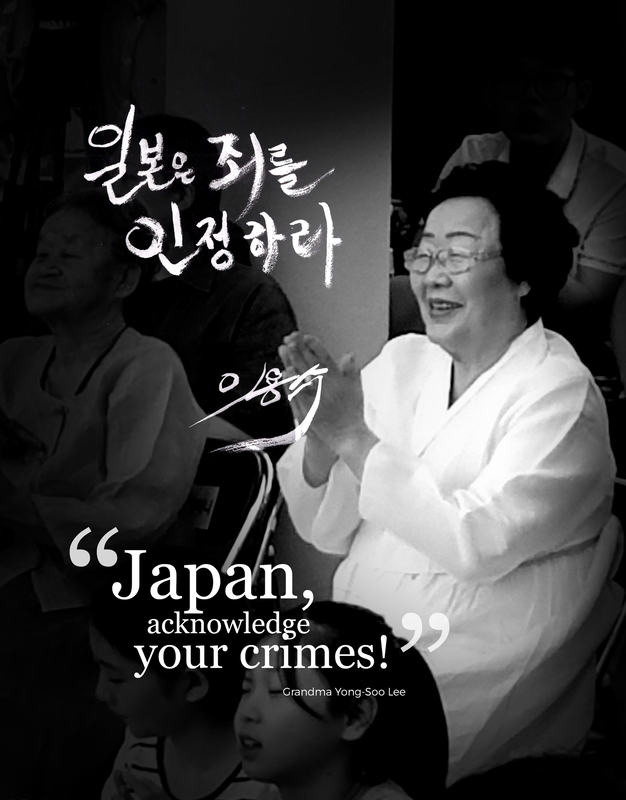
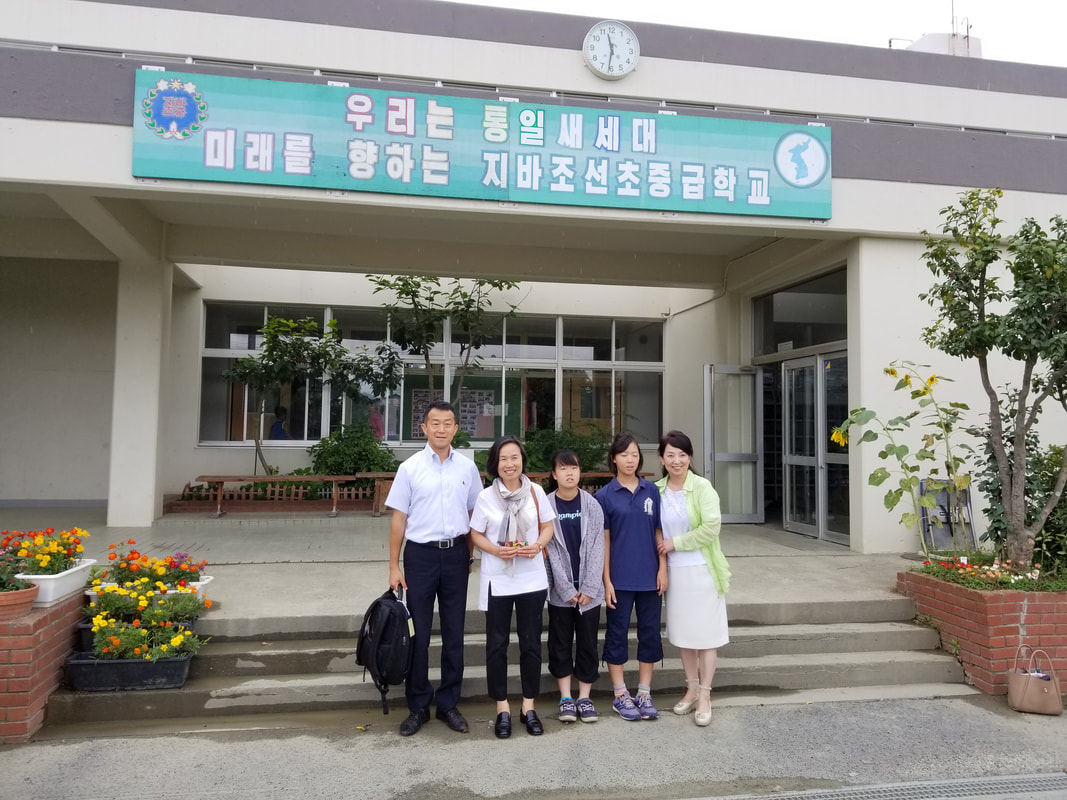
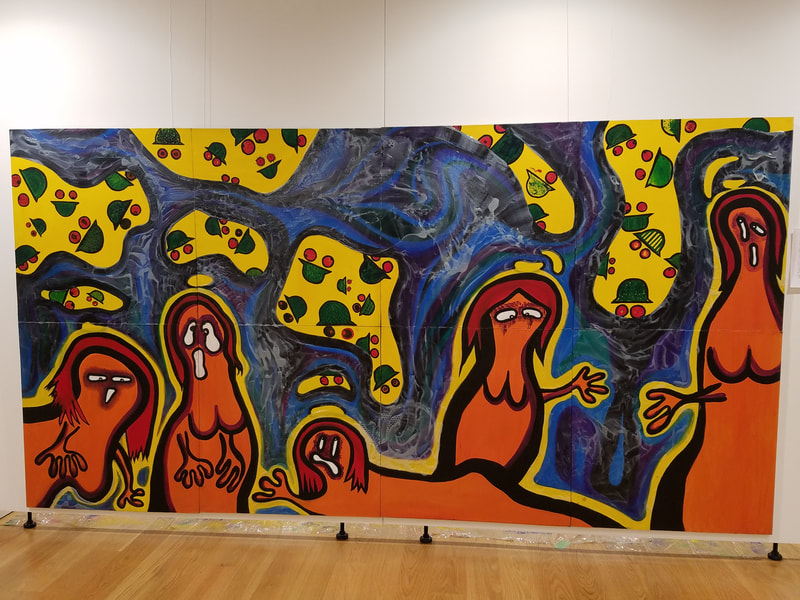
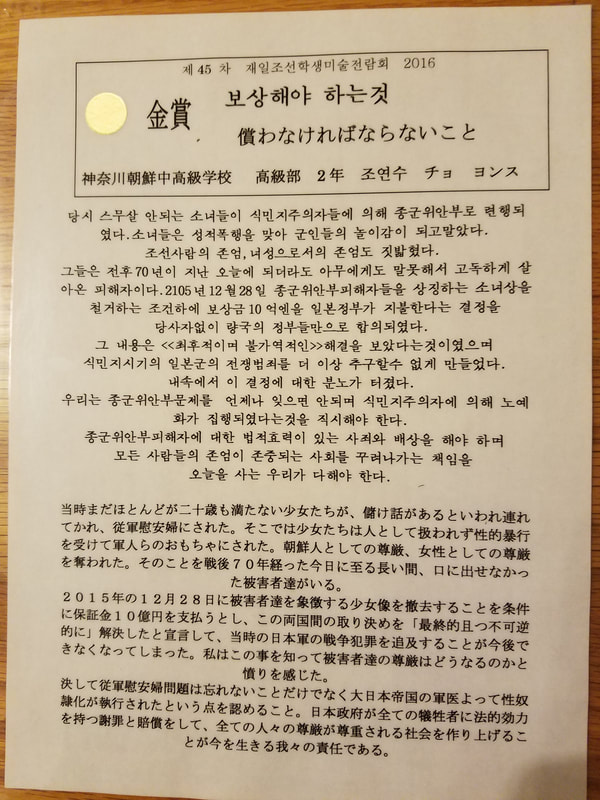
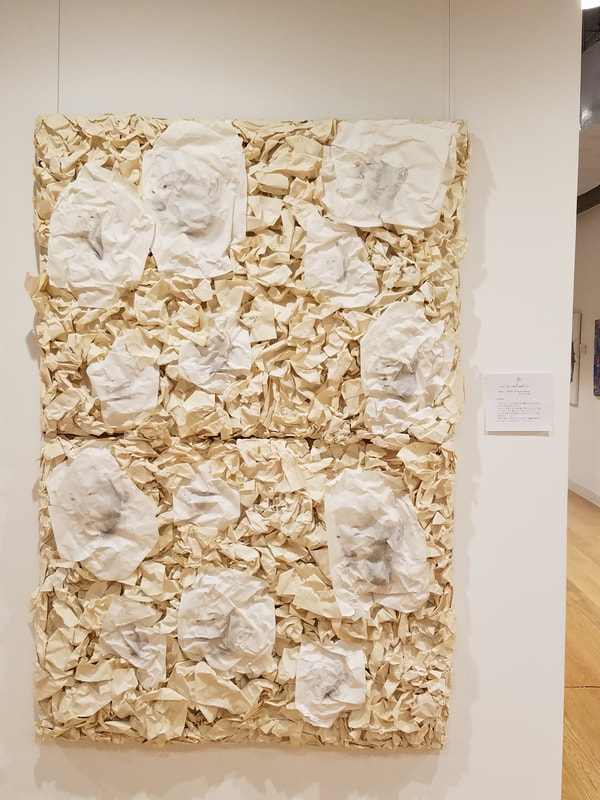
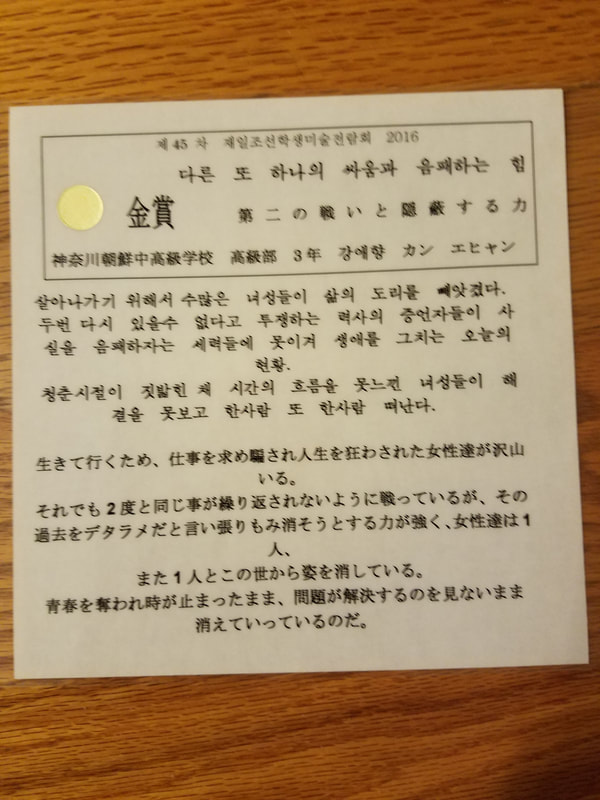
 RSS Feed
RSS Feed